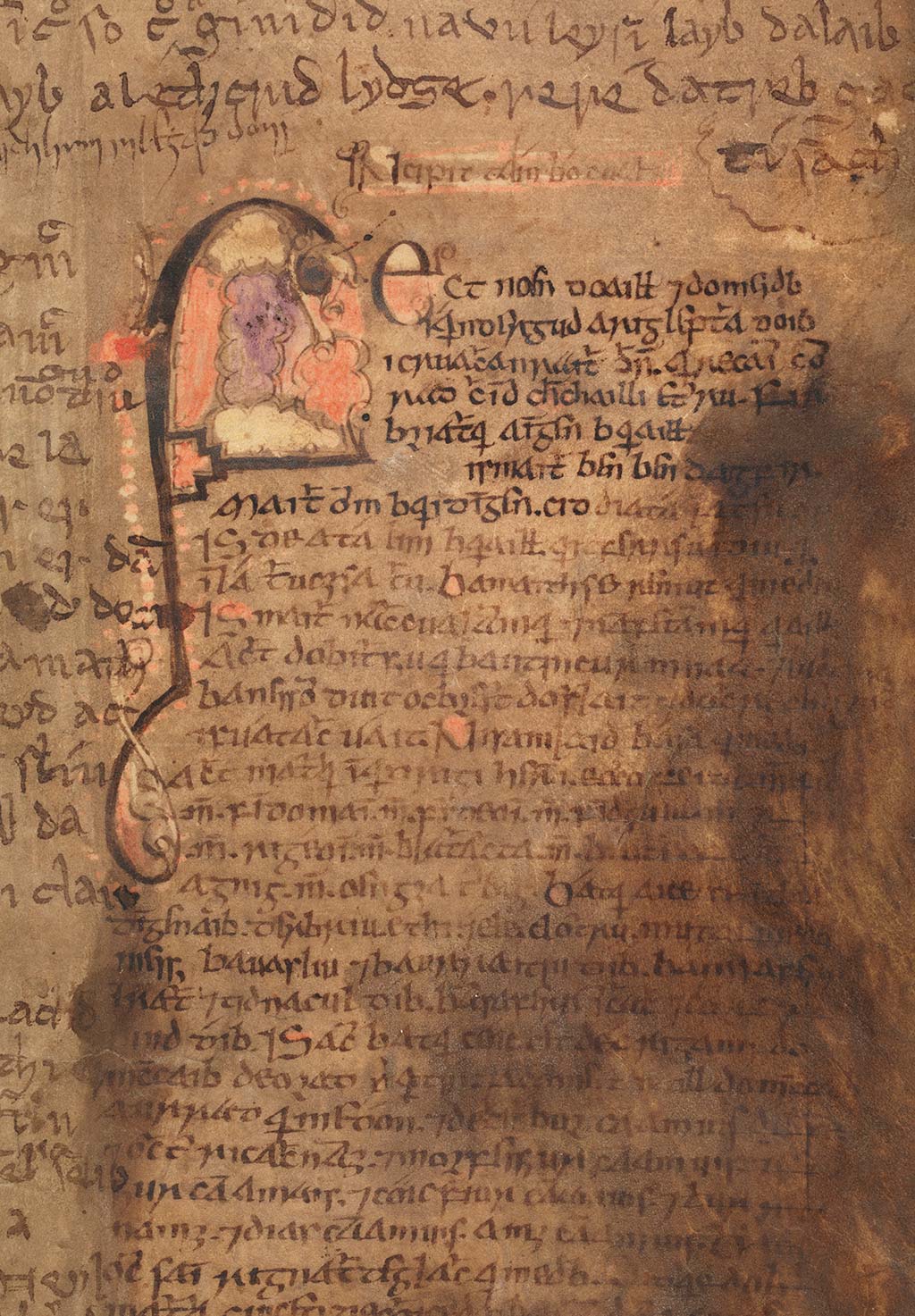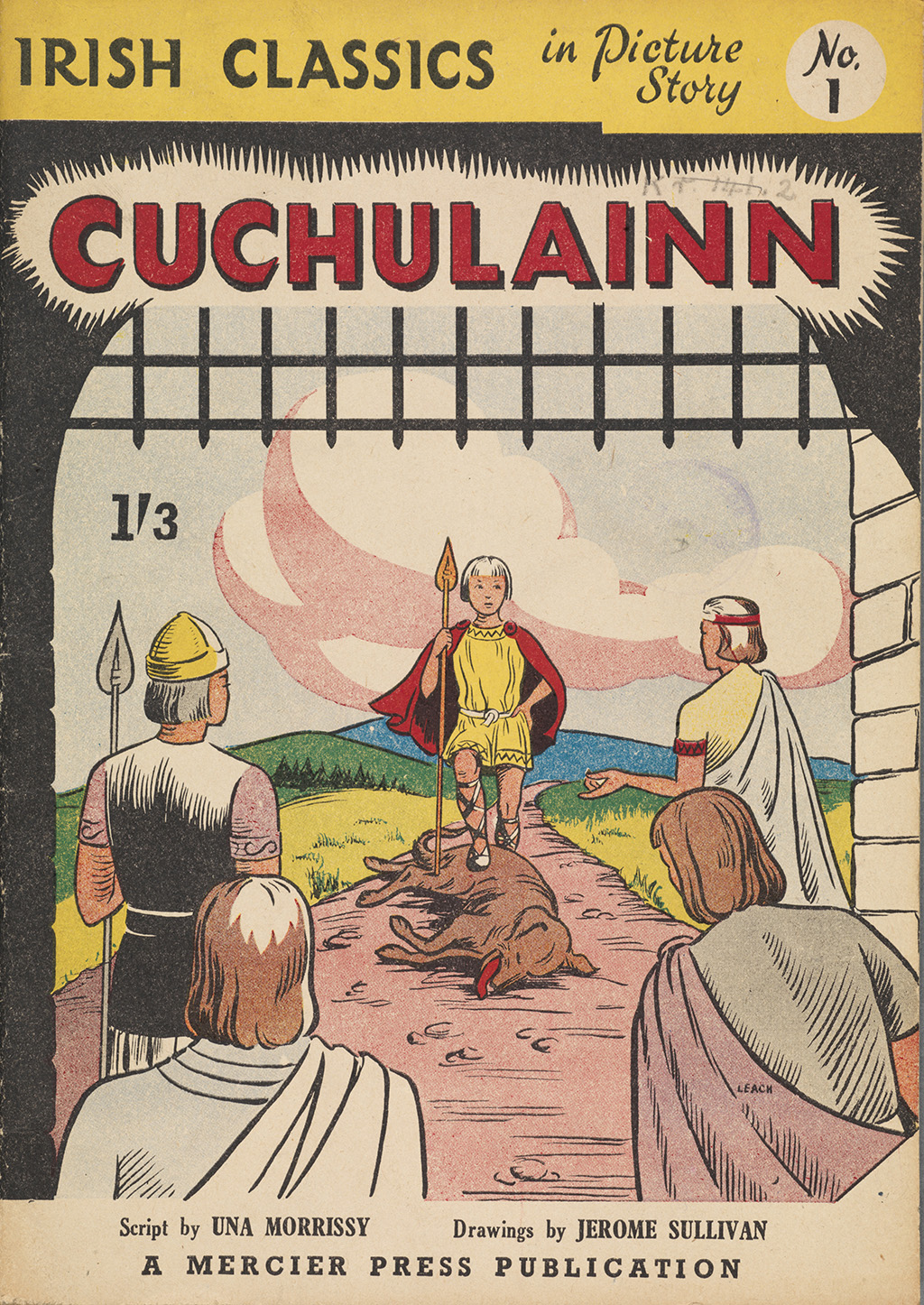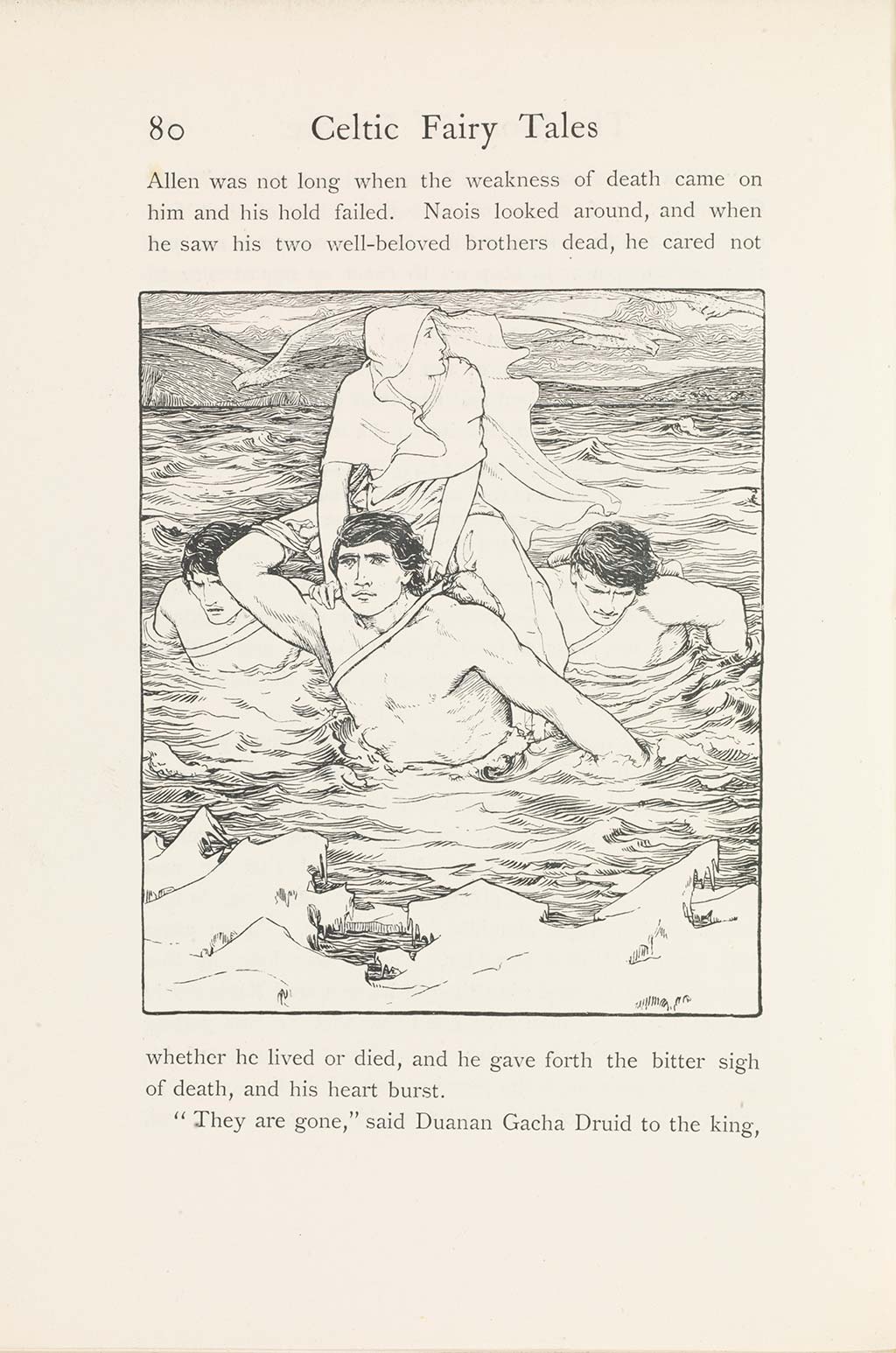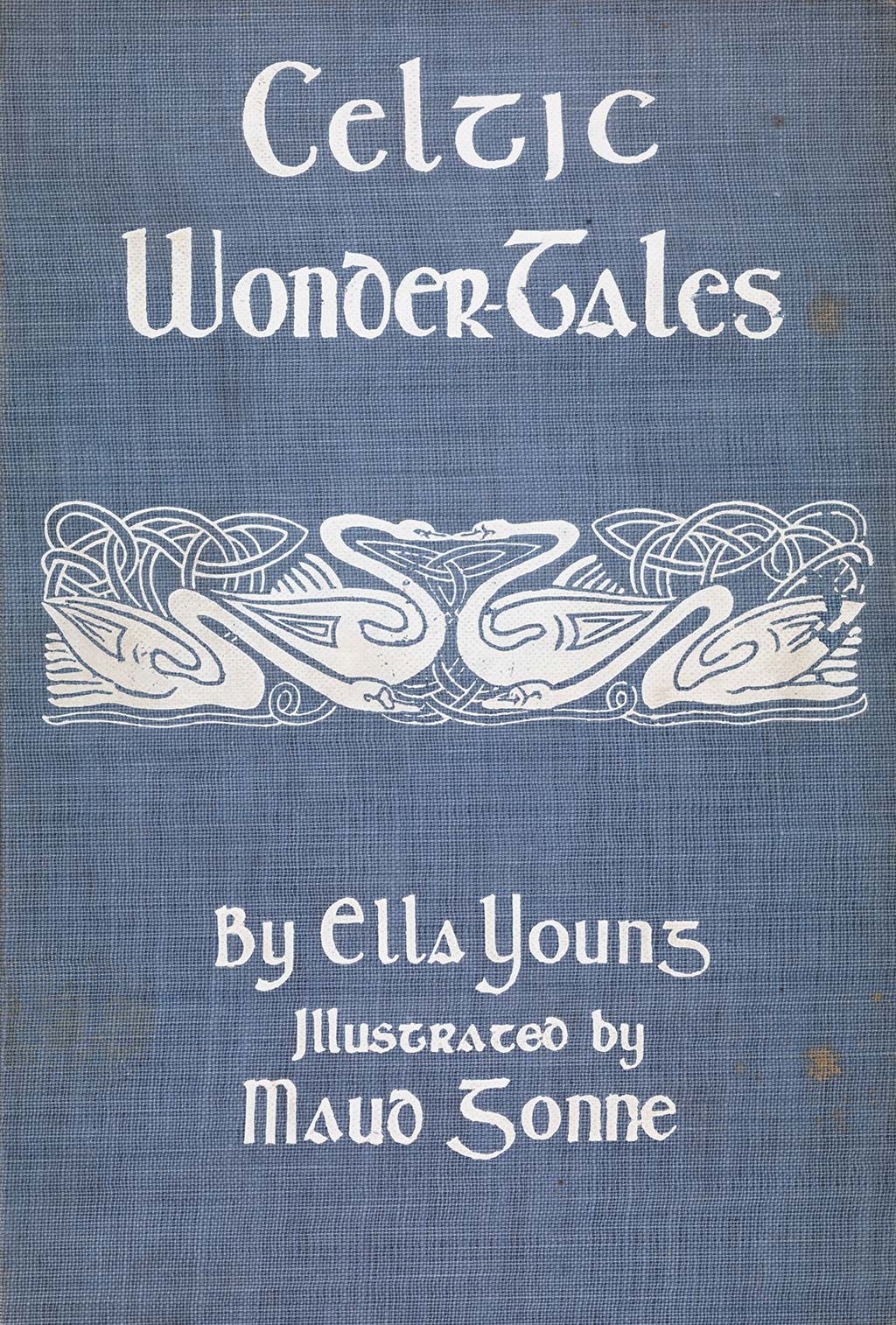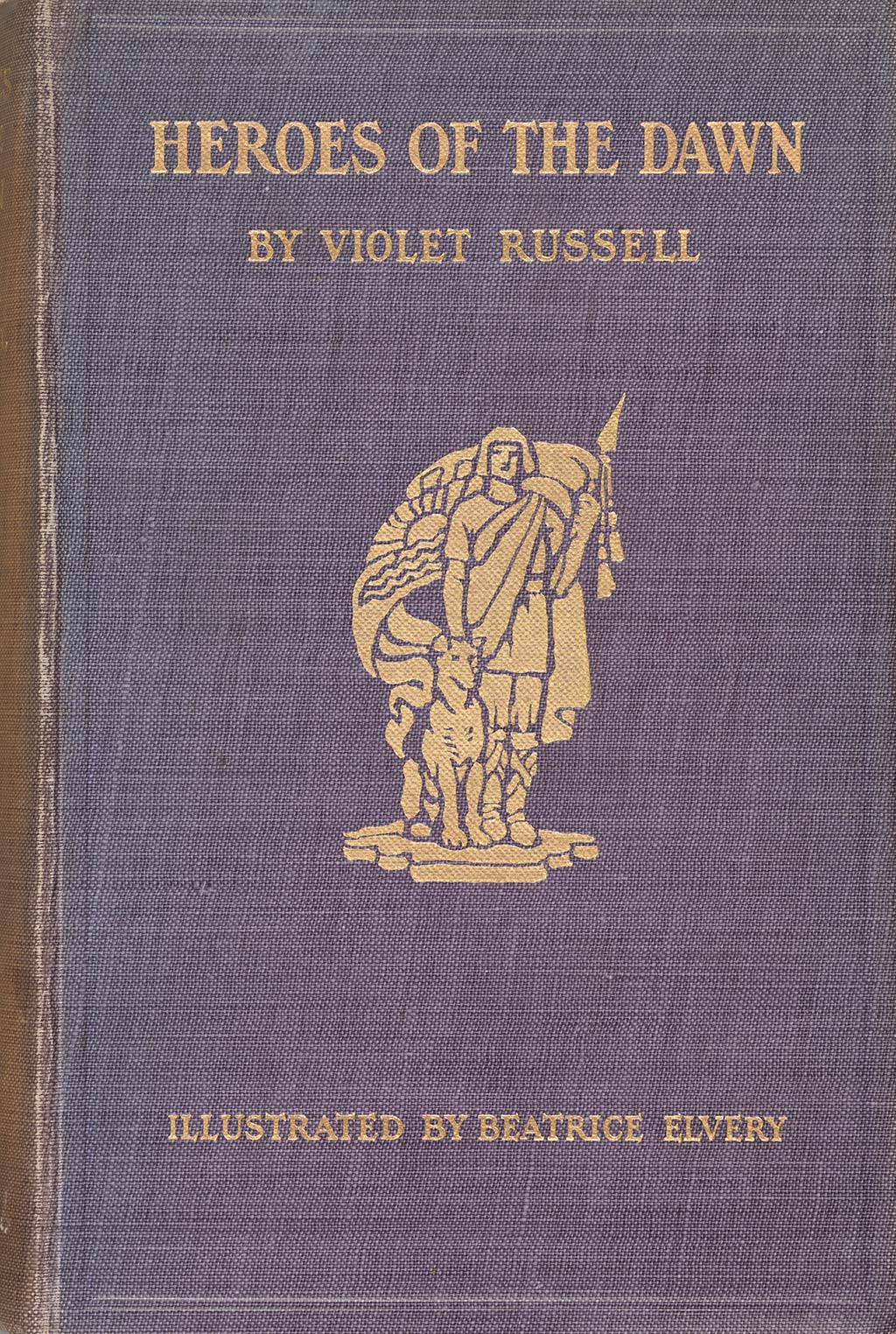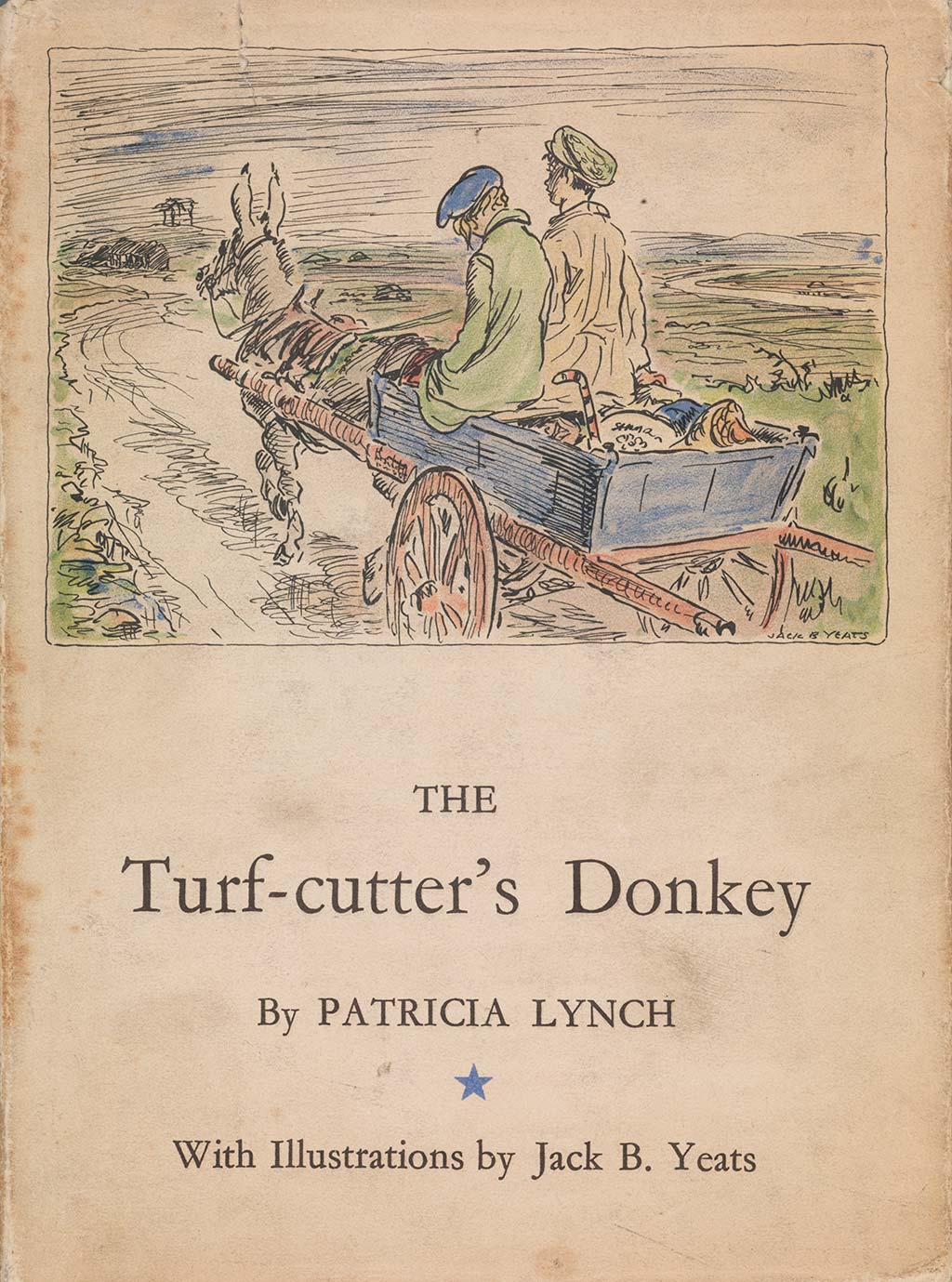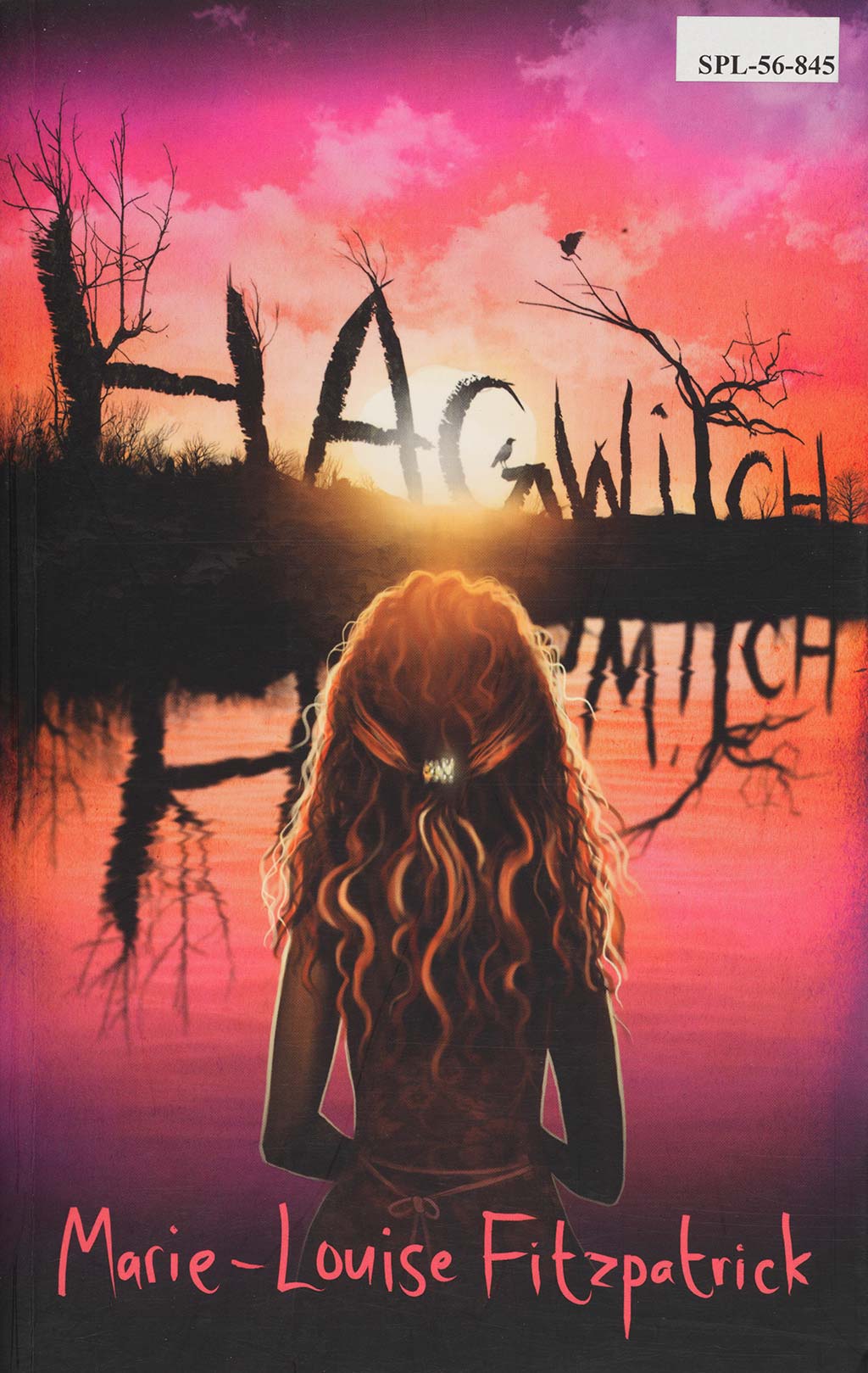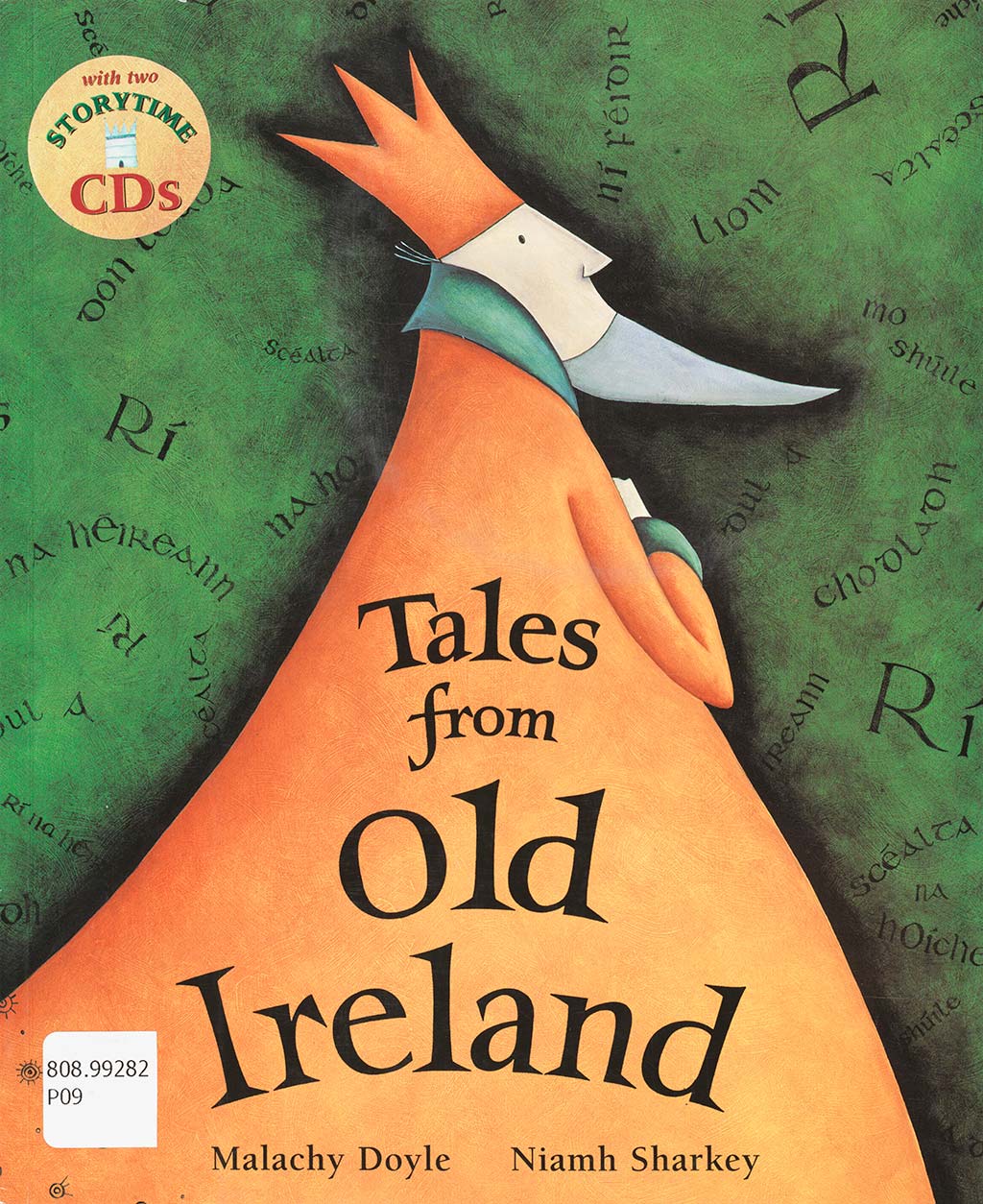Irish Myths
Myths relating to Ireland are usually divided into four main categories: 1) The Mythological Cycle, which tells of the race of gods known as Tuatha Dé Danann, who supposedly lived in Ireland before the arrival of the Milesians; 2) the Ulster Cycle, which focuses on the Ulster warriors, the stories of Cúchulain, and the great Irish Epic, An Táin Bó Cúailgne/The Cattle Raid of Cooley; 3) the Fenian Cycle, featuring the band of heroic warriors under the leadership of Fionn MacCumhaill; and 4) the Cycle of the Kings – stories of Ireland’s kings. Ireland’s many folktales, wonder tales, and tales of early saints also draw upon myth as a narrative source.
Versions of Irish myths and legends, created specifically for children, first appeared during Ireland’s cultural revival of the late 19th and early 20th centuries. For many authors and illustrators involved in the nationalist project, these myths provided stories that could suggest a unified Celtic past. The magnificent work of Irish authors and illustrators has been celebrated both nationally and internationally, and, in 2010, Ireland’s first Children’s Laureate/Laureate na nÓg was appointed. The role of the Laureate is actively to engage young people in literature and highlight the importance of children’s literature in enriching our lives and culture
The Ulster Cycle
Book of Leinster
12th century
TCD MS 1339
One of the earliest complete accounts of the great Irish epic An Táin Bó Cuailgne / The Cattle Raid of Cooley can be found in the Book of Leinster, a medieval manuscript held at Trinity College Library. The Táin is the central story of the Ulster Cycle and tells of Connacht’s Queen Méabh as she tries to steal a brown bull and wages war against Ulster, which is defended single-handedly by the young hero Cúchulain. The image shows the opening of The Táin from the Book of Leinster.
Colmán Ó Raghallaigh
Artwork: The Cartoon Saloon and Barry Reynolds
An Táin
Mayo, 2006
PX-209-333
Queen Méabh is one of the most memorable heroines of Irish literature. Jealous of her husband’s ownership of a particular stud bull, she attempts to match him by stealing a bull from Cooley (situated in what is now north Leinster). The graphic violence and sex of the original myth is often removed in versions written for younger readers.
Colmán Ó Raghallaigh is an award-winning author and publisher of Irish language books and graphic novels for children.
Cover reproduced by permission of Cló Mhaigh Eo.
Una Morrissy
Illustrated by Jerome Sullivan
Cuchulainn
Cork, [1956]
OLS X-3-832 no.6
Cúchulain’s trajectory is that of an archetypal hero, similar to Krishna, Herakles and Theseus. The story of Cúchulain’s boyhood, his rite of passage and transition from Setanta to Cúchulain (child to adult), is the aspect of the myth most often retold for children.
The myth of Cúchulain has been used throughout Irish history to validate the struggles of particular groups. A statue of the dying Cúchulain stands at the GPO on O’Connell Street in Dublin in commemoration of those who died in the 1916 Rising.
Cover reproduced by permission of Mercier Press.
Joseph Jacobs
Illustrated by John D. Batten
Celtic fairy tales
London, 1892
Gall.9.dd.63
The story of Deirdre and the Sons of Uisneach/Deirdre of the Sorrows comes from the Ulster Cycle of Celtic myth. It centres on the tragic love story of Deirdre and Naoise, and is often compared with the tale of Tristram and Isolde.
Born in Australia, Joseph Jacobs (1854-1916) was an important collector and publisher of folklore and myths from around the world. ‘Upon the wild waves’ is a line taken from Jacobs’ retelling of the Children of Lir.
John D. Batten (1860-1932) was an English painter and illustrator.
Mythological and Fenian Cycles
Ella Young
Illustrated by Maud Gonne
Celtic wonder-tales
Dublin, 1910
80.e.73
The story of the Children of Lir, believed to have been written in the 15th century, is included in this volume. It is a tale of four children who are transformed into swans by their wicked stepmother, Aoife, and destined to remain as birds for 900 years.
Ella Young (1867-1956) was an Irish poet and mythologist, active in the Irish Cultural Revival. In 1925 she emigrated to the U.S. and later held a Chair in Irish Myth and Folklore at the University of California at Berkeley. Born in England, Maud Gonne (1866-1953) became a central figure in Ireland’s Cultural Revival and revolutionary activity during the 20th century.
Violet Russell
Illustrated by Beatrice Elvery
Heroes of the dawn
Dublin and London, [1913]
CUNN 347
Beatrice Elvery (1881-1970) was an accomplished Irish stained-glass artist and painter who studied at the Dublin Metropolitan School of Art. One of Elvery’s most remarkable illustrations in this collection shows the mythical Niamh as she approaches members of the Fianna before returning – with Oisín – to Tír na nÓg/Land of Eternal Youth.
Violet Russell and her husband George Russell (Æ) were actively involved in the Irish Cultural Revival.
James Stephens
Illustrated by Arthur Rackham
Irish fairy tales
London, 1920
OLS L-7-104
This volume includes tales from the Fenian cycle and over 20 illustrations. Retellings of Fionn MacCumhaill’s adventures often focus on his boyhood deeds: the story of the Salmon of Knowledge is one of the most popular tales retold for children.
James Stephens (1882-1950) was an Irish Republican known for his retellings of Irish myths and legends. Arthur Rackham (1867-1939) was one of the leading figures of the Golden Age of children’s book illustrations.
Patricia Lynch
Illustrated by Jack B. Yeats
The turf-cutter's donkey
London, 1934
OLS 194.r.64
Originally published as a series of stories in the Irish Press newspaper, Patricia Lynch’s (1898-1972) The turf-cutter’s donkey is viewed as a landmark text in Irish children’s literature. Lynch draws upon a range of Irish myths for her narratives (including stories of the Fianna) where knowledge of Irish heritage is central to the child characters’ survival. This edition is signed by Jack B. Yeats (1871-1957), Irish artist and Olympic medallist in 1924 for his painting ‘The Liffey swim’.
Contemporary Ireland and Children’s Literature
Marie Heaney
Illustrated by P.J. Lynch
The names upon the harp
London, 2000
OLS X-3-862
The cover image shows Aoife after she has transformed the King’s children - Fionnuala, Aodh, Fiacra and Conn – into swans. P.J. Lynch (1962-) is one of Ireland’s greatest illustrators and has won the Kate Greenaway Medal on two occasions. Marie Heaney (1940-) has published a number of books on Irish myths and legends. In 1995, her husband, Seamus (1939-2013), won the Nobel Prize for Literature.
Cover reproduced by permission of Faber and Faber Ltd.
Marie-Louise Fitzpatrick
Hagwitch
London, 2013
SPL-56-845
The story of the Children of Lir is used as a narrative device, exploring ideas of addiction and obsession, in Fitzpatrick’s novel.
Marie-Louise Fitzpatrick (1962-) is an award-winning author, illustrator and picture book creator. In 2014 she won the Children’s Books Ireland overall Book of the Year Award for Hagwitch.
Cover reproduced by permission of Orion Children’s Books.
Siobhán Parkinson
No peace for Amelia
Dublin, 1994
PB-125-896
Siobhán Parkinson (1954-) is an award-winning author and publisher. She was Ireland’s first Children’s Laureate/Laureate na nÓg and is a graduate of Trinity College Dublin. No peace for Amelia is a sequel to the bestselling novel Amelia (1993). Set in Dublin in the lead up to the 1916 Rising, the novel engages with the complexities of the Rising, feminism, World War I, and nationalism. In the extract displayed, the character Mary Ann combines myth and history as she tries to position herself and her actions in relation to Irish heroes, real and imagined.
Cover reproduced by permission of The O’Brien Press.
Malachy Doyle
Illustrated by Niamh Sharkey
Tales from Old Ireland
Oxford, 2000
808.99282 PO9
The story of the hero Oisín, son of Fionn MacCumhaill and Sadhbh, and his voyage to Tír na nÓg (the Land of Eternal Youth) is similar to the tale of other heroes such as Gilgamesh, particularly in its exploration of issues of mortality. Niamh Sharkey (1972-) is an award-winning Irish illustrator and picture book creator. She was Ireland’s second Children’s Laureate/Laureate na nÓg. Irishman Malachy Doyle (1954-) is an acclaimed author of books for children, many of them retellings of Irish myth and legend.
Eoin Colfer (1965-) is Ireland’s current Children’s Laureate/Laureate na nÓg. He draws upon a range of myths and legends in creating his bestselling Artemis Fowl books (‘Artemis’ was the name of the Greek goddess of the hunt). Most notably, Colfer imaginatively re-works Irish fairy-lore and the traditional notion of the leprechaun.

